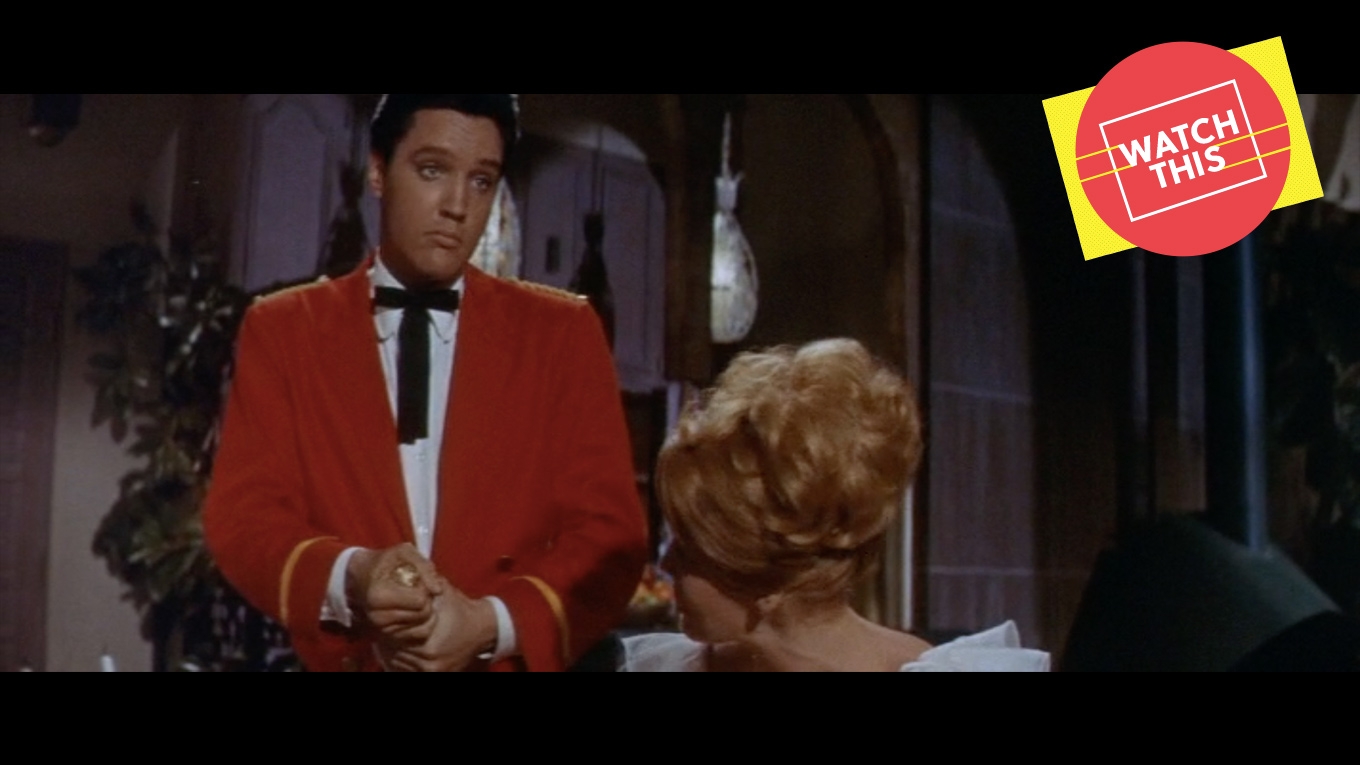One of the best Elvis movies is a smokin’ hot salute to Vegas flash

Watch This offers movie recommendations inspired by new releases, premieres, current events, or occasionally just our own inscrutable whims. This week: With Zack Snyder’s Army Of The Dead bringing zombies to the Vegas strip, we’re bringing Vegas to Watch This.
Viva Las Vegas (1964)
When critics describe the arc of Elvis Presley’s career, “the Las Vegas years” are typically framed as the King in decline, cashing big paychecks while getting softer—physically and creatively—year by year. But Vegas actually holds a more complicated place in the Presley story. The city was the site of one of his first big professional failures, in 1956, when a two-week engagement at the New Frontier drew scathing reviews. Over a decade later, Elvis would conquer his Vegas demons and stage his late 1960s commercial comeback, thanks in part to a regular engagement at what he called, “the big, freaky International Hotel,” where his ferocious band bashed out both throwback rockabilly and the kind of over-the-top pop tourists loved.
In between those career lows and highs, Presley stopped off in Sin City to make one of his best movies: Viva Las Vegas, an exuberant and colorful musical about a studly race car driver wooing a sexy swimming instructor. By this point in his Hollywood career, Elvis had given up trying to be James Dean or Montgomery Clift, and had settled into a routine of pumping out two to three films a year that were essentially travelogues, featuring eye-catching locales and kitschy pop songs. Whatever the star’s feelings about Las Vegas in 1964, he was willing to put his name on a picture so boosterish that it could’ve been produced by the chamber of commerce.
The plot is thin enough to see through. Presley plays Lucky Jackson, who believes his Maserati can outpace a champion’s Ferrari in a race around Hoover Dam. But first Lucky needs money to fix his engine, which he hopes to get by winning a talent contest. His chief competition? His current lust object, Rusty Martin, played by Ann-Margret, whose form-fitting pants and swimsuits frequently fill director George Sidney’s frame.
